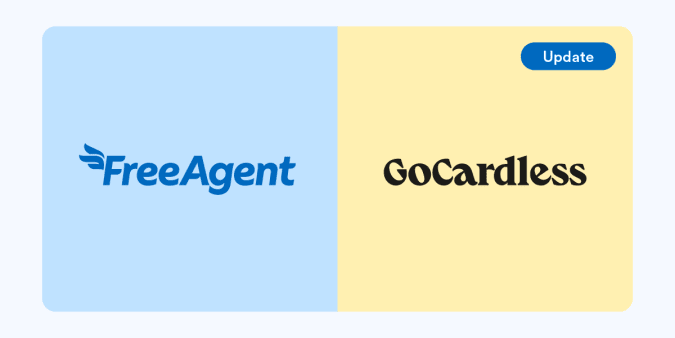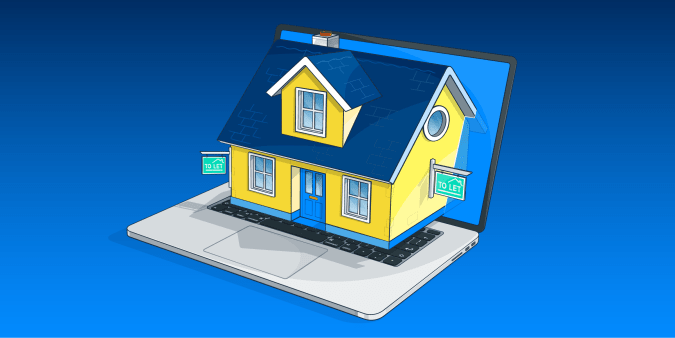A beginner’s guide to pricing projects

Getting your pricing right is crucial to the success of any venture. But figuring out how to price projects can have a steep learning curve for freelancers and small business owners. We’re here to help you flatten that curve. With a little bit of research and some number crunching, you should be able to pick the right pricing approach and get back to delivering those projects.
Research market rates
Before you get into the detailed numbers with your clients, take the time to do some research. Find out the going market rate for your product or service by searching online for similar work or speaking to peers about their pricing models. Use this research to determine the low-end, average and high-end rates for the types of projects you plan to deliver.
If you’re a logo designer, for example, search for “how much does a logo cost?” and you’ll quickly get a feel for the range of prices on offer. Aim to charge at least the average going rate for your kind of project, even if you’re just starting out. It’s important not to undersell or oversell yourself; begin in the average range and then you can decide how flexible to be in any negotiations you have with your clients.
Ask your client about their budget
If you’re struggling to get a feel for how much to charge for a project, try opening up a conversation with your client about their budget. If they’re willing to give you a figure, you may then be able to plan or adjust the project to ensure that you meet your client’s needs within their budget. Don’t worry if your client isn’t comfortable sharing this information; your market research should still help you to figure out a ballpark project price.
Break-even points and savings buffers
Once you have an estimate of how much to charge for your projects, it’s important to drill down into the financial details to ensure that you keep your cashflow healthy. Start by identifying your business’s break-even point: the minimum amount you need to earn every day in order to cover all your costs, without net loss or gain. You should also calculate a savings buffer to ensure that you’re prepared for any changes that might affect your income.
Remember that you’ll need to set aside money for your tax bills. If you’re unsure how to do this, try using HMRC’s tax budget calculator. If you’re a FreeAgent customer, you can take advantage of our handy Tax Timeline feature.
Hourly vs fixed-rate pricing
Many small business owners and freelancers will be familiar with the dilemma of deciding whether to charge an hourly or fixed rate. So what are the pros and cons of each pricing strategy?
Hourly pricing: pros and cons
Charging an hourly rate can be an effective tactic if you simply don’t know how long a project will take. You’ll need to track your time and bill your client for each hour that you work in order to prevent inadvertently racking up non-billable time.
If you charge an hourly rate, you can only charge for the hours you work. If you end up working fewer hours than anticipated, you might get paid less than you would have if you’d charged a fixed rate.
For example, if you create an illustration in an hour at an hourly rate, you’ll only be paid for that hour. However, if you agree to a fixed rate per illustration, you will get that full rate regardless of how long the work takes you.
Fixed-rate pricing: pros and cons
Charging a fixed rate for a project gives you the greatest degree of flexibility. You won’t need to get into the detail of time tracking and you can manage your schedule however you like. In addition, you won’t find yourself being paid less if you manage to wrap the project up quickly.
The downside of a fixed rate is that if the project drags on a little longer than expected, you could end up doing additional unplanned work for no extra charge.
If your business primarily sells goods
It’s vital to keep your costs firmly in mind if your business primarily sells goods, rather than services. If you don’t estimate all of your costs accurately, you may end up reducing your earnings and damaging that all-important profit margin. If your business sells knitted socks, for example, you should take into account the cost of the wool, needles, patterns and packaging before deciding on a price. For more ways to keep costs down, find out how to get the right price from your suppliers.
Take a 30-day free trial to discover how FreeAgent’s time tracking, invoicing and project management features can help you run your business.
Originally published
Last updated


